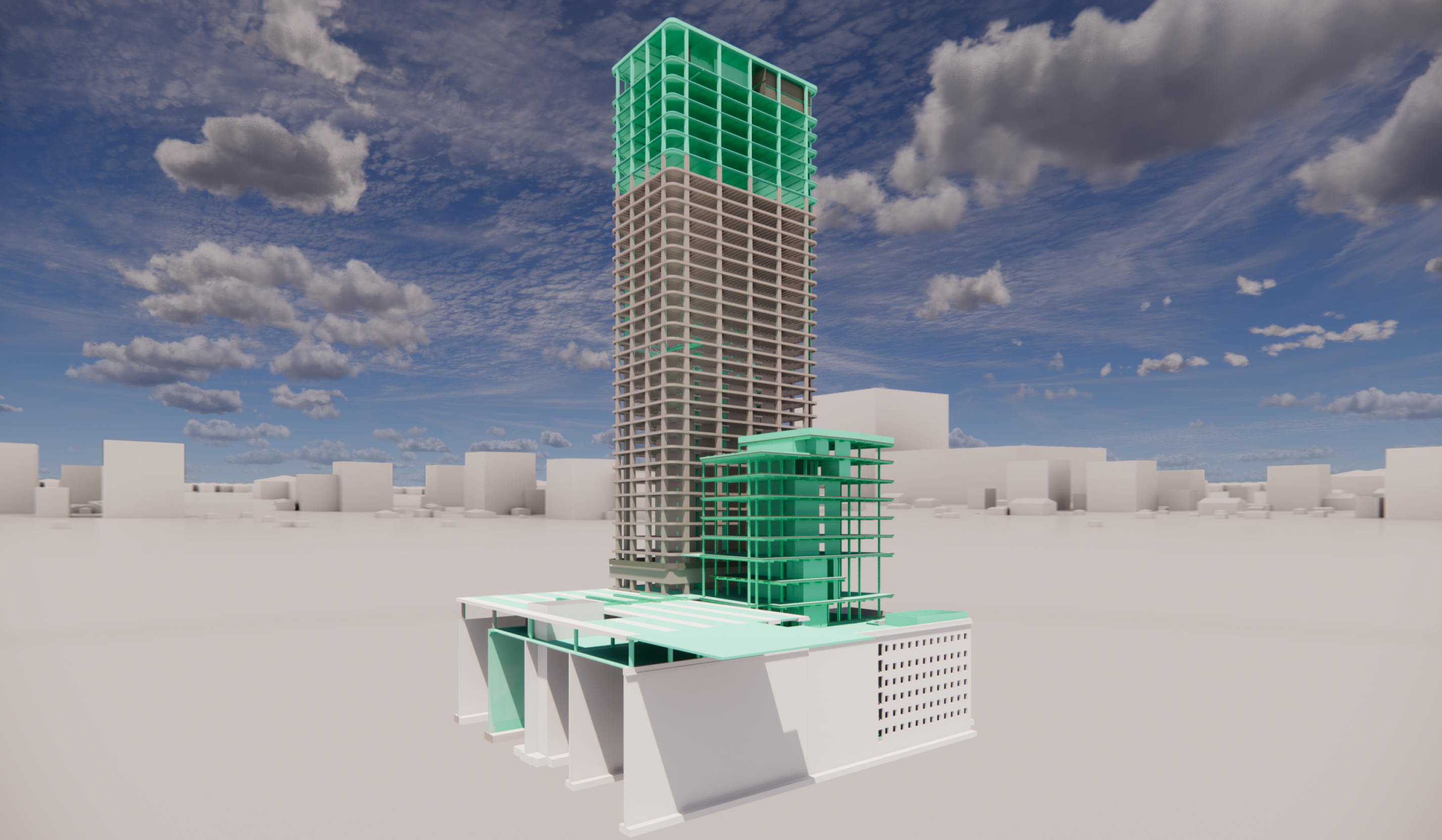«At La Défense, more than half of the projects we work on involve renovation», explains François Lebrun, Director of Activity at setec tpi. «Take the Aurore tower, which was built in the 1970s and then abandoned. Rather than demolish the building, the client chose to give it a new lease of life, and we accompanied this transformation by managing the
structural project and interfacing with the different stakeholders involved. This enabled the building to be modernised while preserving its original structure, a sustainable and effective solution». François emphasises the social dimension of this approach: «Rehabilitating rather than demolishing is part of a sustainable approach. It avoids wasting resources and allows projects to blend in better with their urban environment, while respecting the needs of the
city». setec is also applying this expertise to another leading project: the rehabilitation of the Montparnasse Tower. Pauline Bleicher, Project Director at setec bâtiment, explains the challenges involved: «Built in the 1970s, the tower needed to be modernised without jeopardising its stability. Raising the building and creating new spaces, such as a hotel
and an observatory, will reinvent the building’s uses. This approach will enable us to breathe new life into this major building while complying with current environmental standards».
Hervé Tourlet, Project Director at setec tpi, adds: «The metro tunnel for line 6 runs directly under the tower, which means we have to make constant adjustments to avoid disrupting the existing infrastructure». Managing the co-ownership, which brings together a large number of stakeholders, also makes the project more demanding in terms of coordination. «We have to adapt our decisions to satisfy the co-owners while remaining faithful to the design concept. This requires great flexibility and a meticulous approach,» he concludes.
Picture : Projection of the Aurore Tower (in green, the new structures
added – in grey, the existing structures) – © setec tpi /Aer2
